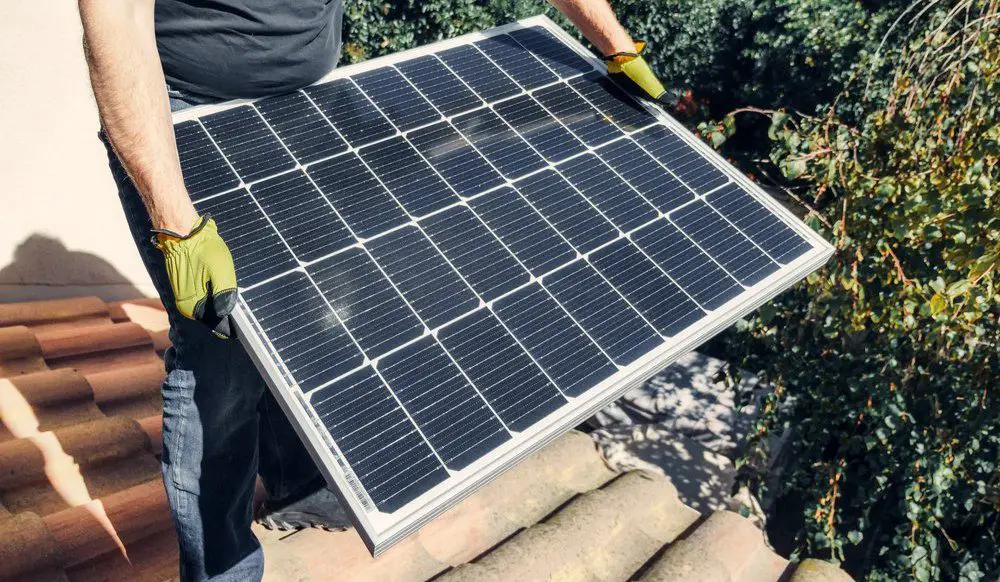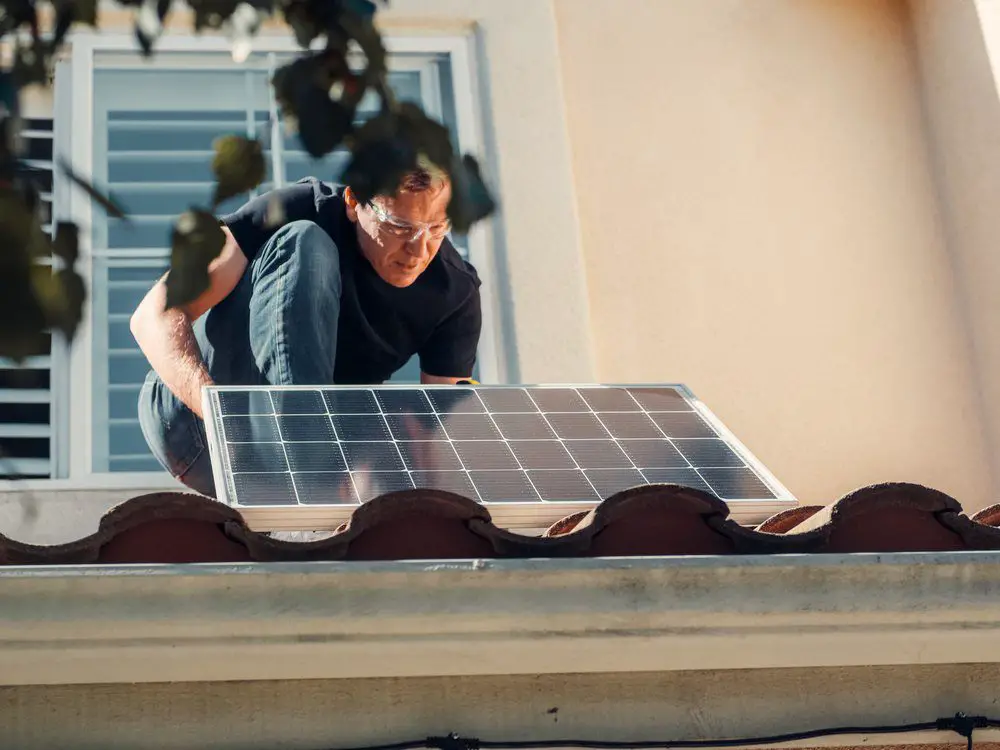Our planet is at risk due to our unsustainable habits, particularly our reliance on electric energy. The production of electric power using current methods emits greenhouse gases, exacerbating global warming.
What are the Energy-Efficient Electrical Upgrades for Your Home?
As we shift to greener alternatives, we must also decrease our electric energy use. ؑEnergy-efficient households are good for both the environment and your finances. By using less electricity, you can lower your bills, even though electricity costs are increasing. Consider the following electrical upgrades to make your home more energy efficient:
1. Install LED Lights
If you are using incandescent light bulbs, you must immediately shift to LED lights. Incandescent light bulbs consume far more energy and also don’t last for long. They work as the filament inside the bulb heats up and generates light.
In contrast, LED lights use a semiconductor to emit light and don’t require the heating of any metal. Resultantly, they use up to 75% less electricity than incandescent bulbs and also last 25 times longer than them. The quality of light is similar, so you will enjoy the same bright light as incandescent bulbs, except cheaper.
2. Add Motion Sensors to the Lighting
How many times have you walked into a room, turned on the light, and then left without turning it off? You waste significant electricity by simply forgetting to turn off the lights. You can prevent that waste by installing motion sensors in your home.
You can do it, particularly in the rooms you are likely to visit. They will turn on the lights when someone is in the room and turn them off when they leave, saving you plenty in the bills and reducing power wastage.
3. Install a Programmable Timer for Outdoor Lighting
Your outdoor lighting is a significant source of electric waste. You don’t need them on after sunrise, but most people don’t wake up at dawn and turn off the outdoor lighting at the optimal time. You can get a programmable timer for your outdoor lighting so you can turn your outdoor lights off as soon as there is light outside. Doing so will minimize your power wastage.
4. Install Power Strips
Your TV and computer may still be using electricity when you are not using them or when they are not even turned on. Vampire power accounts for around 5% to 10% of residential power use. You can prevent this power loss by using power strips.
A power strip is essentially a surge protector that allows you to plug multiple devices into a single outlet. Once you are done for the day, you turn your power strip off through its master switch and prevent energy loss. They are also more convenient as you don’t have to unplug each gadget manually.
5. Upgrade to Energy Star-Rated Appliances
Not all home appliances are created equal; some models are more energy-efficient than others, but figuring out the difference can be tough. To help with this, the Environmental Protection Agency (EPA) has created energy efficiency criteria and appliances meeting that are energy star-rated.
Energy Star appliances use significantly less energy than traditional appliances and save up considerably on your bills. Check that your appliance has an energy star certification whenever you’re considering a purchase.
6. Add Insulation
A major form of energy loss is heat entering or escaping through your roof and walls, which causes your HVAC to use more electricity. You can minimize this energy loss by insulating your house.
The most important area to insulate is your attic, as heat escapes through the roof. You should also insulate your exterior walls, floors, and crawl spaces to keep your house warmer in winter and cooler in summer, reducing the need for electrical heating and cooling.
Your insulation requirements depend on your HVAC system, your house’s design, and your area’s climate. Some common insulating materials include fiberglass batts, which can be installed between wall studs and ceiling joists, and cellulose insulation, which can be blown into walls and attics. You can also get spray foam insulation to fill gaps and cracks in walls and ceilings.
7. Use Smart Thermostats
Thermostats are devices you can use to control your house’s temperature. A thermistor or bimetallic strip in the thermostat senses the temperature in your room and then sends a signal to your HVAC. Home circuit breakers ensure that your thermostat does not overload or short circuit.
Using a smart circuit breaker can increase your electrical system’s energy efficiency through automation. They are connected to your phones and automatically set the temperature according to the schedule you give them.
Smart thermostats also learn your daily routines and turn the HVAC off when you are not at home or asleep, saving energy. They can also detect your smartphone’s location to determine when you’re coming home and adjust the temperature before you reach.
8. Install a Solar System
Normally, the energy in your homes comes from fossil fuels. You can instead install a solar panel system if your area receives enough sunlight for clean energy. It costs a lot upfront but reduces energy costs in the long run.
Solar panels not only produce clean energy, but they are also cheaper. You have to pay less to your electricity provider, reducing your energy bill. It also improves your house’s resale value, and your state may also offer incentives for installing a solar electric system.
For example, the US government offers a federal tax credit that reduces your income tax by up to 30% of the solar system’s value until 2032. 
Endnote
Making your house energy efficient has several benefits. It is an environmentally conscious decision that reduces your carbon footprint. It also eases your financial burden by reducing your electricity bills. Energy-efficient homes also have better resale value.
Through different solutions, like Energy Star appliances, automated devices like smart thermostats, and power strips, you can make your house more energy efficient. Consider getting quality and energy-efficient electrical components for your house.



